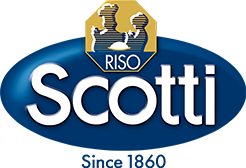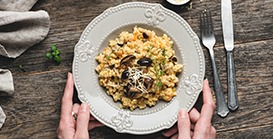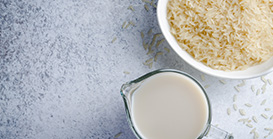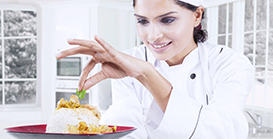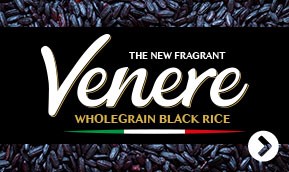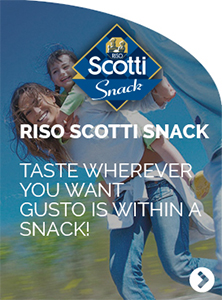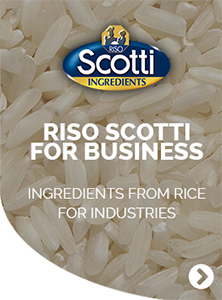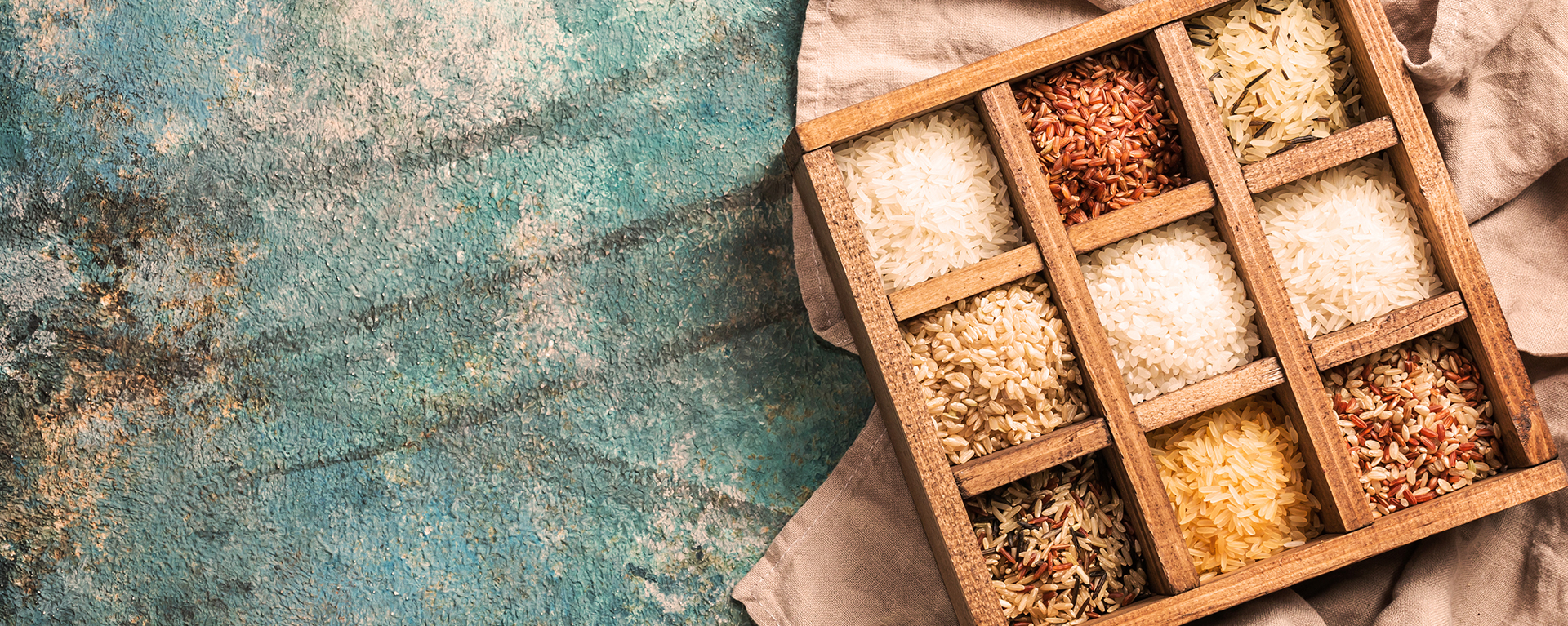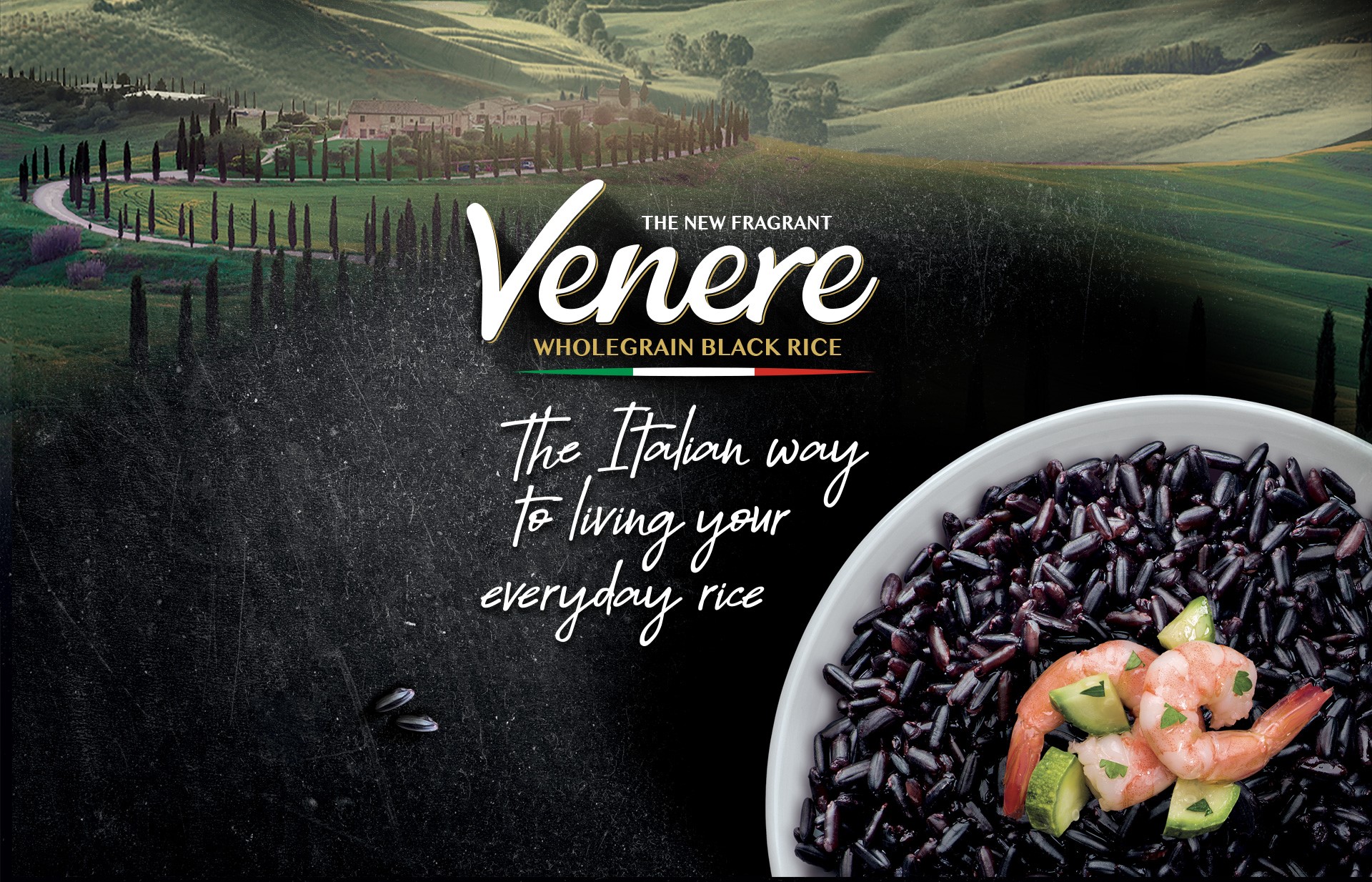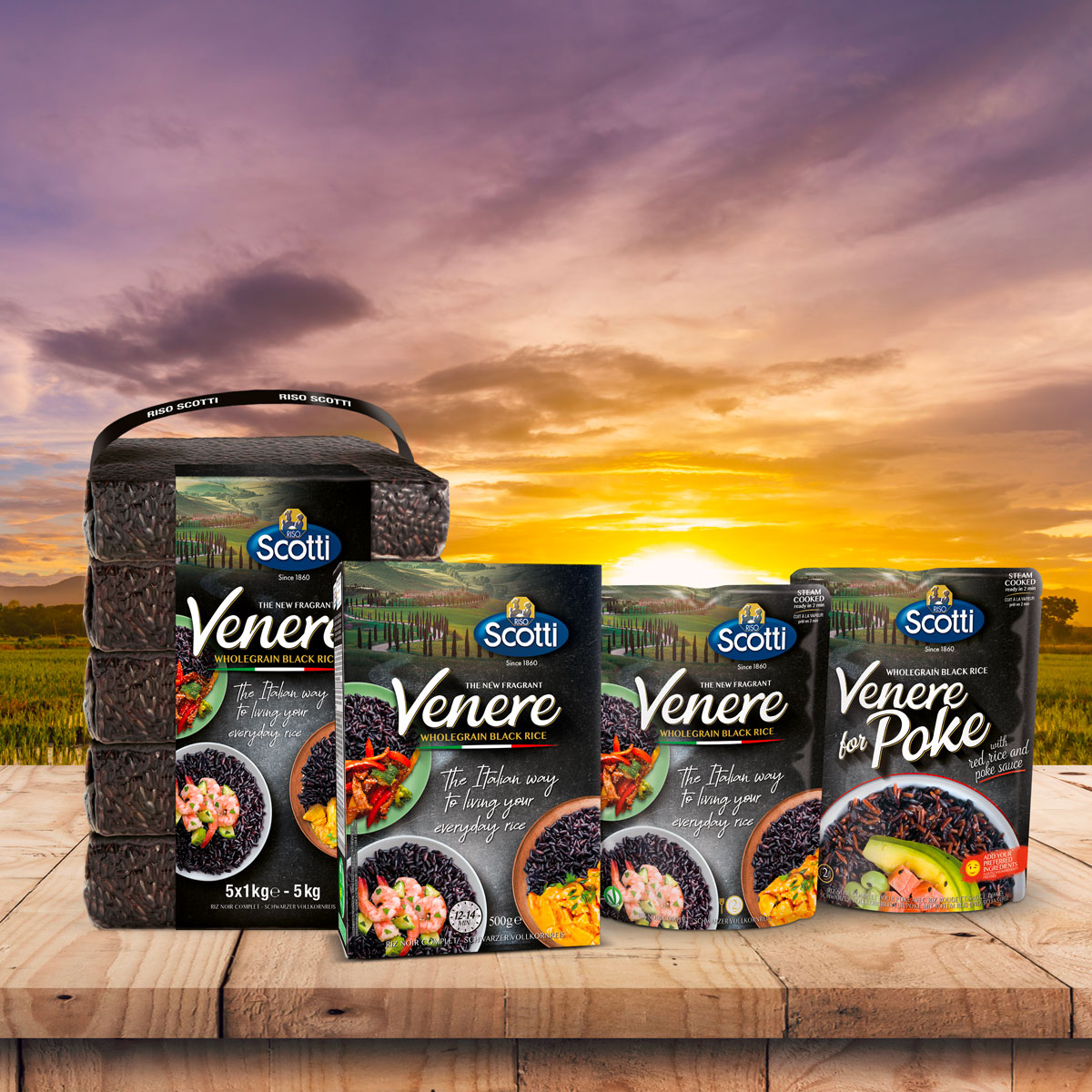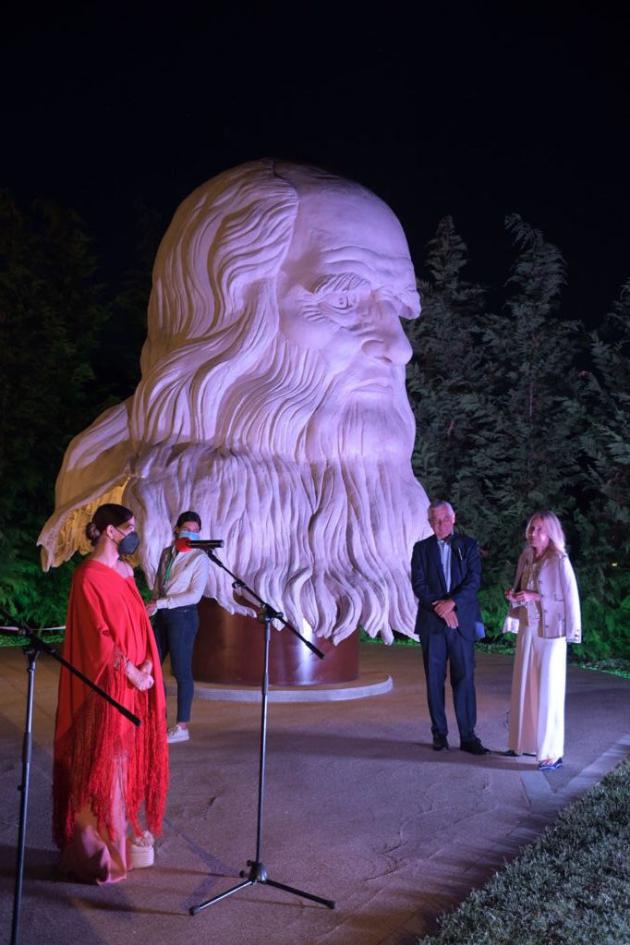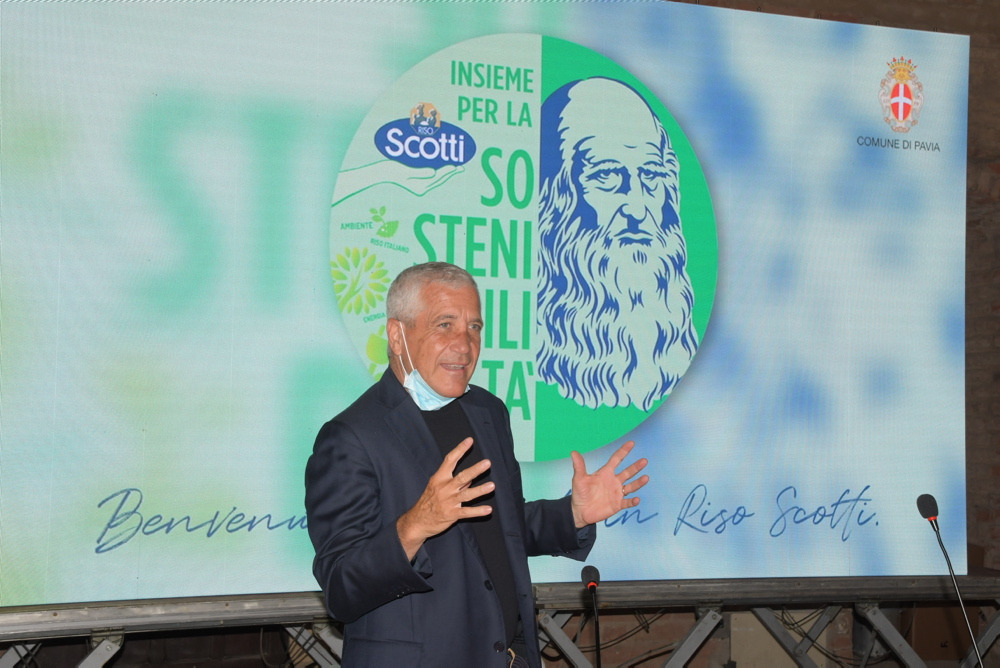INGREDIENTS FOR 2 SERVINGS:
For marinade:
450 g chicken breast
¼ teaspoon of black pepper (ground at the moment)
½ teaspoon of curry or garam masala
¼ teaspoon of salt
1 teaspoon of sunflower oil or olive oil
For the sauce:
2 teaspoons of sunflower oil or olive oil
1 minced medium size white onion
2 minced cloves of garlic
½ teaspoon of ginger (ground at the moment)
½ teaspoon of cumin seeds
5 cloves
1 teaspoon of curcuma
2 teaspoons of curry
1 teaspoon of garam masala
¼ teaspoon of cinnamon
1 teaspoon of powdered coriander
¼ teaspoon of black pepper
¼ teaspoon of powdered hot pepper
½ teaspoon of ground cardamom
¼ teaspoon of nutmeg
250 ml coconut milk (without sugar)
125 ml law-fat yogurt (without sugar)
2 teaspoons of grounded almonds
1 teaspoon of cane sugar
1 teaspoon of salt
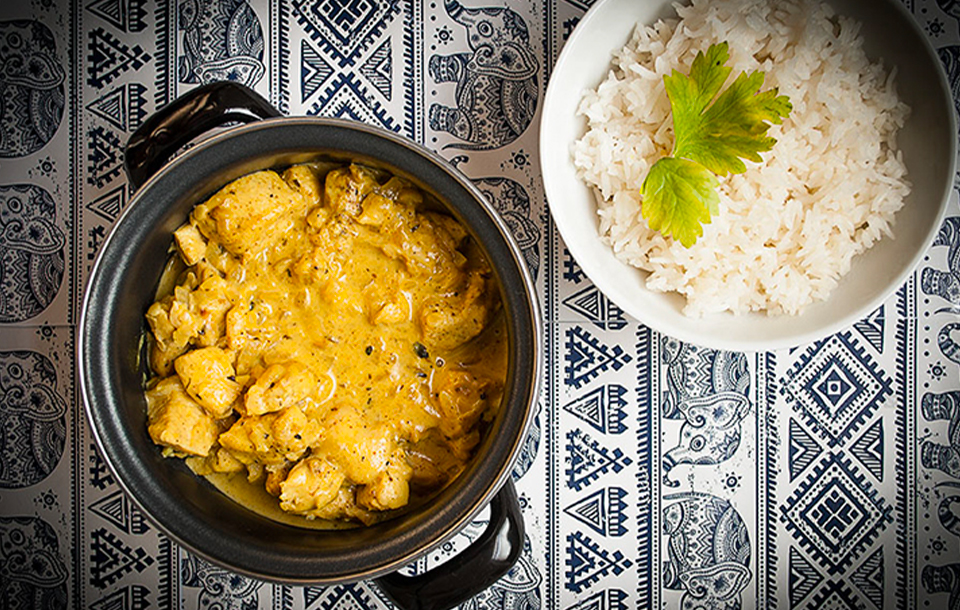
PROCEDURE:
Procedure for the preparation of the chicken:
Cut the chicken breast to pieces. Put the chicken in a bowl with black pepper, curry or garam masala¸ salt and 1 spoonful of oil. Stir and let marinate for at least two hours.
Heat a pan on a medium-high flame. Brown the marinated chicken for 8-10 minutes, until it’s cooked, turning it often, to avoid it burns.
Procedure for the preparation of the Korma sauce:
Heat on a medium flame 2 spoonfuls of sunflower oil in a pan. Once the oil is hot, add the cumin seeds and the cloves until them crackle.
Add the garlic and ginger and cook for 30 seconds. Add the onion and cook for about 10 minutes, stirring continuously until the onion is golden brown (if needed, add a little hot water).
Once the onion is cooked, add curcuma, curry, garam masala, cinnamon, powdered coriander, black pepper, powdered hot pepper, cardamom, and nutmeg. Cook on a low flame for about 1 minute. Pay attention not to let the spices burn.
Wait until the spice mix is cool, then put it in a blender to make it thinner.
Pour the mix in the pan with the chicken, add the coconut milk and yogurt and stir for 2 minutes on a very low flame to avoid the yogurt to get damaged. Increase the level of the flame and bring it to the boil.
Add cane sugar and minced almonds.
If needed, add salt, and cook for 5 minutes. The consistency of the sauce can be made more liquid by adding a little hot water or thicker by letting it boil a little more.
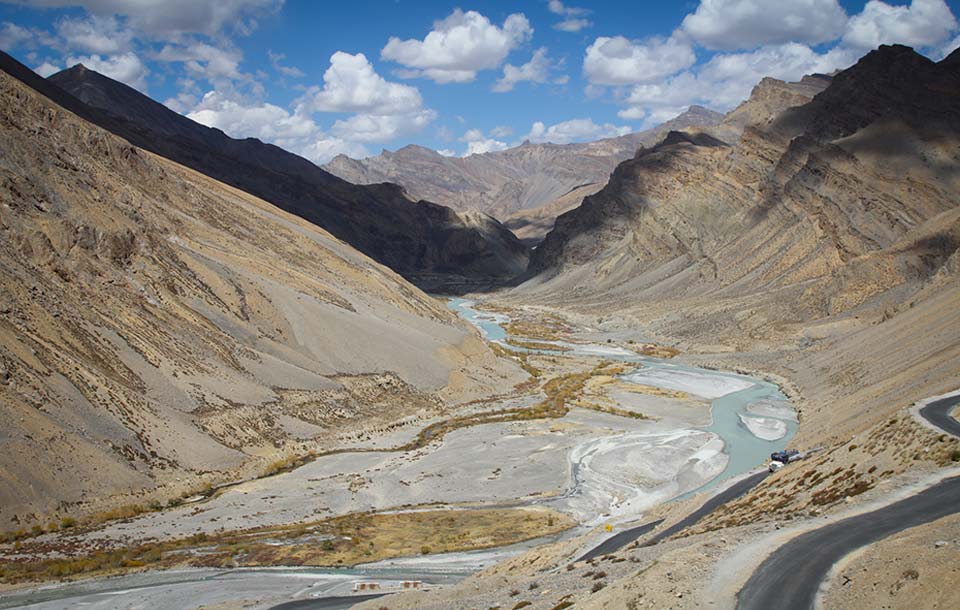
The Indian cooking reflects a 8,000 years long history and summarizes the influence of several cultures that interacted and generated the different flavours and regional dishes that we can find in modern India. The British and Portuguese influence added following variations to the already diversified Indian cooking. Considered the differences in the type of soil, climate, culture, ethnic groups and occupations, these types of cooking vary in a significant way one from the other, more than being strongly affected by the religious and cultural choices and traditions. The cooking of Jammu, Kashmir and Ladakh regions evolved with the passing of centuries. Its first influence is due to the food eaten by Hindus and Buddhist from Kashmir. The cooking has then been affected by the cultures arrived with the invasion of Kashmir, from the area of the current Uzbekistan. The most important ingredient of Kashmir dishes is mutton. Usually, other ingredients such as yogurt, oil, and spices (curcuma, red pepper powder, cumin, ginger, and fennel) are used. Kormas comes probably from Persia and has been imported to India in the XVI century. The name derives from the Hindi word that means “braising”, and it’s the type of cooking that characterizes the dish, since the meat or vegetables are braised in a pot with little quantities of liquid, that could be yogurt or simply water.





